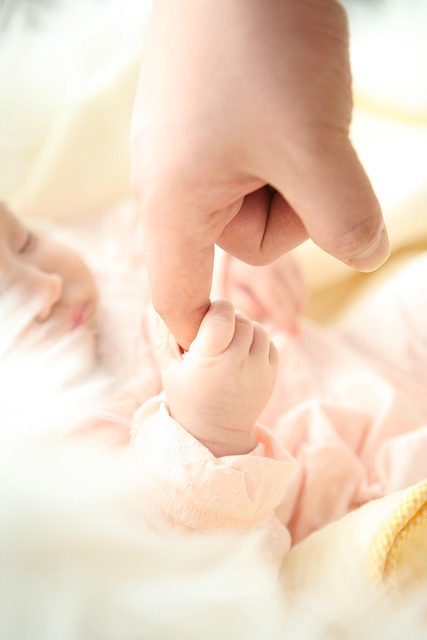Representation in advertising is crucial, especially in the realm of women’s clothing and undergarments. When individuals do not see themselves reflected in the images presented, it can foster feelings of inadequacy. This is particularly true for postpartum mothers seeking nursing bras, who should not have to confront these unrealistic standards.
Recently, mommy blogger and advocate Sarah from Power to Prevail took to social media to highlight the misleading expectations set by nursing bra advertisements. In her post, Sarah shared that she was just weeks postpartum after welcoming her third child. Like many new mothers, she understood the necessity of having multiple nursing bras. However, she was disheartened by an advertisement that featured a model with a toned physique and a flawless six-pack, which is far from the reality most postpartum moms experience.
“What happens when we lack representation?” Sarah asked. “Our minds start to believe that the idealized version of a new mom is what we should aspire to, even if we don’t resemble that.” New mothers are often grappling with body image issues, compounded by hormonal changes and societal pressures to quickly “bounce back” to their pre-pregnancy bodies. Seeing a heavily edited photograph of a fitness model in a nursing bra only adds to this struggle.
“We begin to compare ourselves, and that’s when our self-esteem takes a nosedive because how can we compete with a retouched image?” Sarah reflected. “I can assure you that this model wasn’t just two days postpartum like I was in the right photo — and she’s the one these brands are marketing to.”
She articulated a point that resonates with many: nursing bras are essential for around-the-clock comfort in those early months. You need a variety for different occasions, whether it’s for outings or lounging at home. In my own experience, I was woefully unprepared, purchasing only one nursing bra during my pregnancy, which left me scrambling for alternatives during my first week postpartum.
Seeing someone who appeared more fit than I did years ago modeling a nursing bra was disheartening. Sarah, who felt compelled to take matters into her own hands by modeling for her Instagram, echoed a similar sentiment. “When I noticed that no one was addressing this issue, I thought it was just me, which led to feelings of shame,” she explained. “I started this project to show the diverse realities of our bodies after pregnancy and that it’s completely normal.”
Commenters on Sarah’s post have echoed her call for a shift in how brands represent mothers and their bodies. “The response has been remarkable, and the message for moms is clear: just because you don’t see a body that resembles yours doesn’t mean there’s anything wrong with you,” she stated. “It highlights how companies fail to represent mothers authentically.”
Sarah encourages fellow moms to practice self-compassion. The journey from “glowing pregnancy” to “I just want this baby out of me” to “I hardly recognize my body” is a significant transition for everyone. “The way we perceive and acknowledge this change is vital,” she concluded her post. “We risk getting sidetracked by unrealistic ideals. Instead, focus on your recovery and your little ones, and disregard the false narratives we are constantly fed. You deserve love, joy, and rest just as you are. You have done more than enough.”
For more resources on pregnancy and home insemination, check out this insightful article on intracervical insemination kits. If you’re interested in exploring fertility options further, visit this excellent resource on in vitro fertilization.
In summary, the conversation surrounding representation in nursing bra advertisements is essential. Mothers like Sarah are paving the way for more authentic portrayals of postpartum bodies. It’s crucial to shift focus away from unrealistic standards and towards embracing the diverse realities of motherhood.
